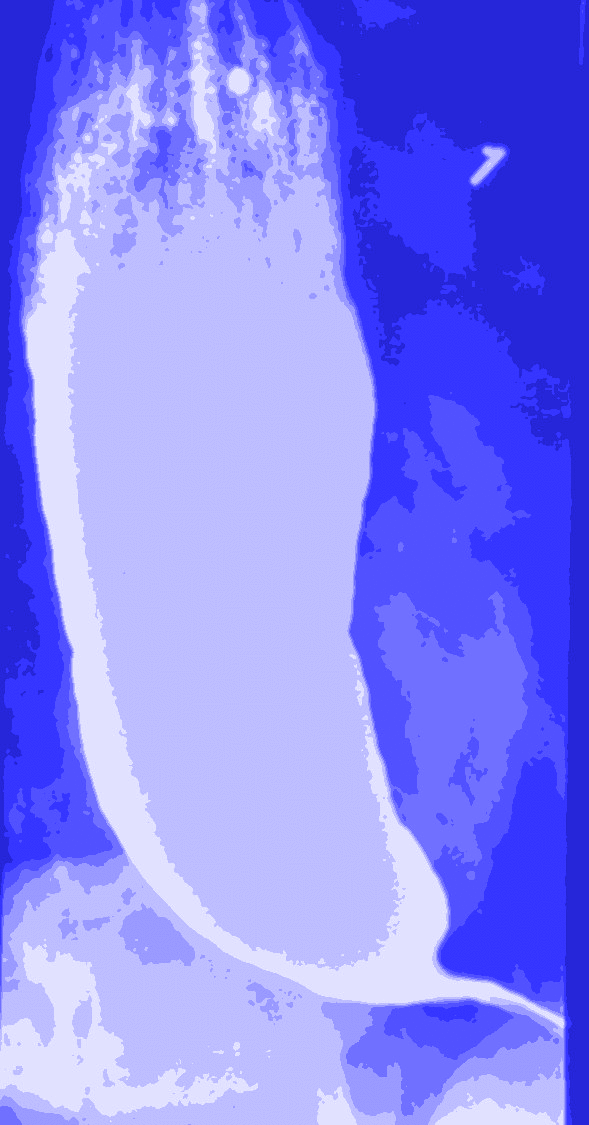Outcomes of Esophageal Dilation in Eosinophilic Esophagitis: Safety, Efficacy, and Persistence of th
- Dr. Steven Horwitz

- Jan 20, 2016
- 1 min read
"Esophageal dilation is commonly performed in eosinophilic esophagitis (EoE), but there are few long-term data." Once again, a dangerous surgery is commonly used without long-term data.
"RESULTS:
Of 509 EoE patients, 164 were dilated a total of 486 times. Those who underwent dilation had a longer duration of symptoms before diagnosis (11.1 vs. 5.4 years, P<0.001). Ninety-five patients (58%) required >1 dilation (417 dilations total, mean of 4.4±4.3 per patient). The only predictor of requiring multiple dilations was a smaller baseline esophageal diameter. Dilation was tolerated well, with no major bleeds, perforations, or deaths. The overall complication rate was 5%, primarily due to post-procedural pain. Of 164 individuals dilated, a majority (58% or 95/164) required a second dilation. Of these individuals, 75% required repeat dilation within 1 year."
"CONCLUSIONS:
Dilation in EoE is well-tolerated, with a very low risk of serious complications. Patients with long-standing symptoms before diagnosis are likely to require dilation. More than half of those dilated will require multiple dilations, often needing a second procedure within 1 year. These findings can be used to counsel patients with fibrostenotic complications of EoE.Am J Gastroenterol advance online publication, 12 January 2016; doi:10.1038/ajg.2015.399."









Comments